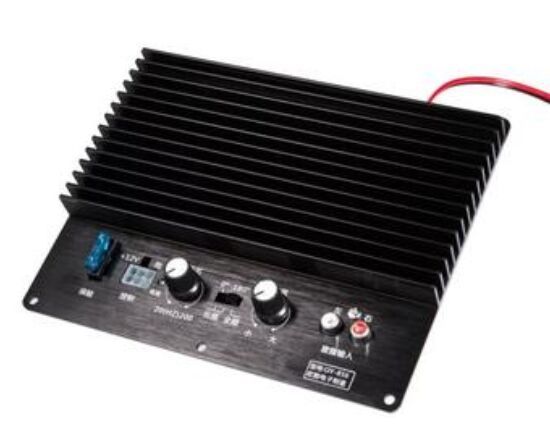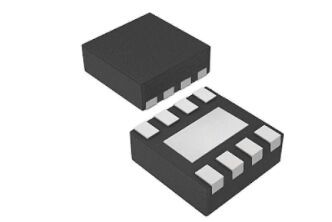Voltage/current conversion, or V/I conversion, converts the input voltage signal into a current signal that satisfies a certain relationship. The converted current is equivalent to a constant current source with adjustable output, and its output current should be able to remain stable without changing The load changes.
Generally speaking, the voltage-current conversion circuit is realized in the form of negative feedback, which can be current series negative feedback or current parallel negative feedback(single phase ac to three phase ac converter), which is mainly used in industrial control and many sensor applications.

Different countries have different types of voltage, which means you need to consider voltage conversion. If you use electronic and electrical equipment from one country to another, you need to compare the voltage differences between the two countries, otherwise, it may not work properly.
Plug converters are also called socket converters and travel converters. The main function is to change the plug shape of electronic and electrical products to be suitable for local wall sockets. Because of the diversification of socket types in countries all over the world, it is more cost-effective to choose an international multi-functional conversion plug!
If you plug a 220V device into a 120V socket, your device will not work and even the socket fuse will blow.

In order to ensure that your electronic equipment can be used normally when traveling abroad, you need to know two things: one is to make the equipment have dual voltage, but you need a plug converter, one side plugs into another country's socket.
If your electronic device is not dual voltage, you need to use a voltage converter (also called a transformer, voltage adapter, or international voltage converter). However, voltage converters are often large and heavy equipment, so they are not suitable for travel. If your device is not dual-voltage, it needs a converter, so it's best to leave it at home.